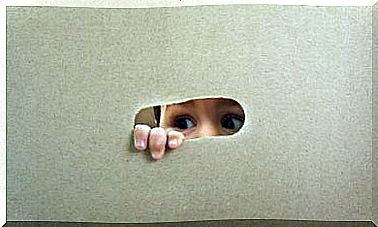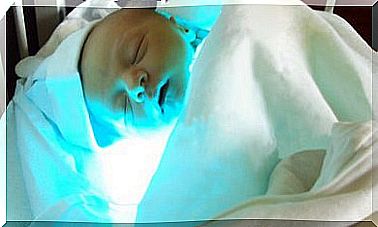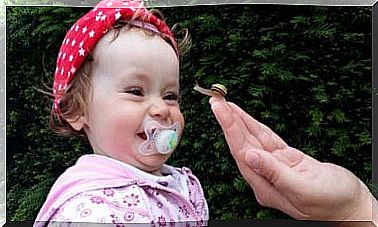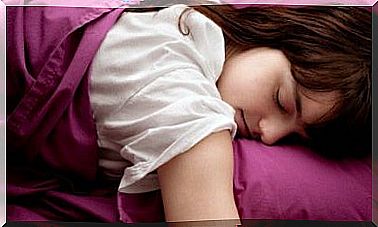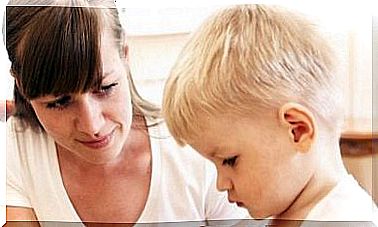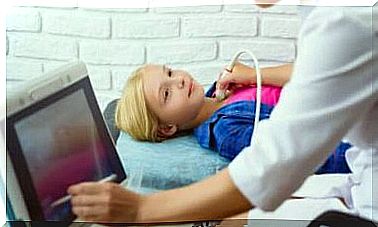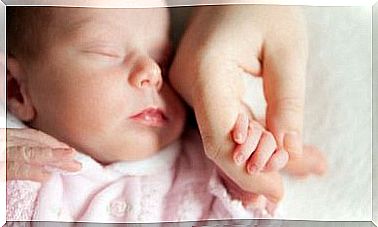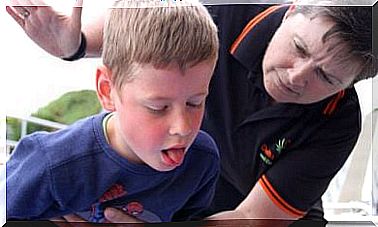Paracetamol For Children: What You Need To Know
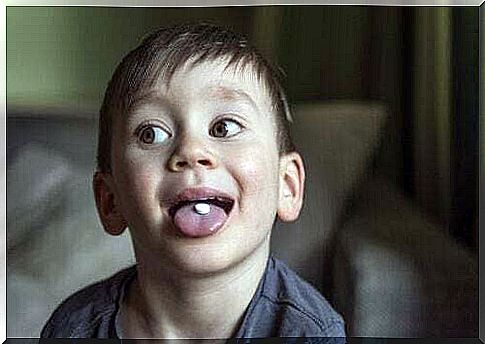
Whatever the brand, acetaminophen is a generic flu treatment that is always present in our family medicine cabinet. It is used regularly by adults, and in some cases, even for children.
The fact that this medicine is generic, in common use and has no contraindications does not mean that it can be abused. Especially in the case of children, it is extremely important to pay attention to the doses administered.
In this article we will tell you what you need to know about paracetamol and its administration to children. With proper precautions, it can be a very effective medicine.
What is paracetamol and what is it used for?
Paracetamol is an antipyretic type pain reliever. It is used to relieve general malaise and joint pain caused by the flu and in general to lower fever. Unlike other painkillers, its intake has no side effects in case of more complex viral processes.
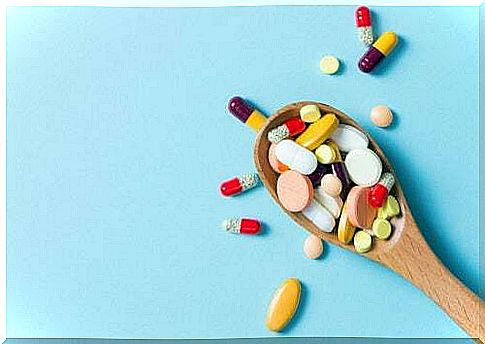
Paracetamol for children
Usually paracetamol for children is given in the form of a syrup or chewable tablets. These are the most recommended and you can easily find them at the pharmacy without a prescription.
Parents have a third option, in case a child does not want to take paracetamol orally: the suppository. This must contain the appropriate concentration of drug based on age and weight. For example, babies 6 to 36 months old can only take 80 mg acetaminophen every 6 hours.
Contraindications
The biggest advantage of this drug is that it has no contraindications. The only risk range is children with liver disease or developing liver problems. In this case, you should consult your doctor before administering this medicine.
Even patients who suffer or have suffered from allergic reactions following the use of this drug cannot take it. Apart from these two cases, everyone can take it. Patients allergic to anti-inflammatory drugs are also rarely allergic to acetaminophen.
Babies who are breastfeeding can take it safely, as can pregnant women and those who are still breastfeeding. Babies younger than 6 months should not take it, unless your doctor advises otherwise.
How to calculate the right dose of paracetamol for children?
The concentration of the drug and the characteristics of the child are the variables to consider when preparing the appropriate dose. We can also consider age if this gives us an approximate reference to kilograms.
Therefore, children weighing 11 to 16 pounds can take a 5ml dose if the syrup has a concentration of 160mg. If their weight is between 16 and 21 kilograms, the dose will be 7.5 ml, in the case of the liquid solution.
Children weighing 22 to 27 kilograms should take a dose of 10 ml if the medicine is 160 mg. As we can see, everything will depend on the format: chewable tablets, syrup or suppositories.
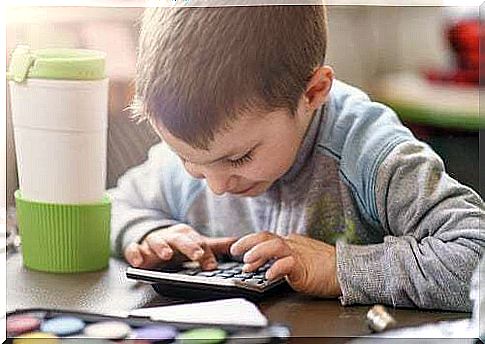
A winning formula
However, there is a fairly simple way to calculate the exact dose to give your baby based on his weight. It involves applying a mathematical formula: weight of the child + half of the weight of the child / 10.
This way, if a child weighs 10 kg, we will add 5 kg and this gives us a total of 15 kg. Then we divide it by 10 and we will get 1.5 ml. This corresponds to the amount of syrup that the child must take every 6 or 8 hours.
Paracetamol should not be used in children younger than 6 months, unless specifically indicated by the pediatrician. In these cases, the right thing to do is to consult your doctor. Self-medication should be avoided in any case.
In summary, acetaminophen is a safe drug, with few contraindications and reliable enough to be used in children. Perhaps its only weakness is that it does not have an anti-inflammatory function. But it is very effective in controlling general malaise.

